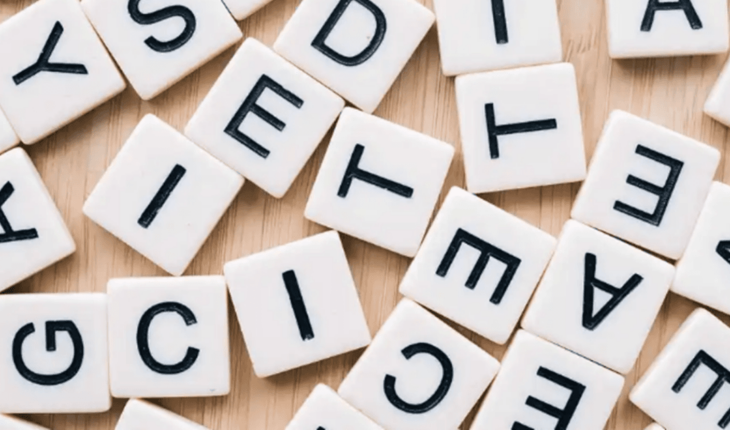In our society, the way we speak plays a very important role in making all people feel recognized and included; therefore, the use of gender neutral and inclusive language in different languages is becoming increasingly important.
Gender can have at least two meanings within language: grammatical gender, understood as a system for categorizing nouns, and natural gender for referring to people and animals. “Gender language is when words explicitly refer to people’s gender, and perhaps unnecessarily,” says Dr. Cindy Blanco, Language Scientist at Duolingo.
It should be remembered that grammatical gender is a system of categories in many languages, in which nouns (even those that do not have to do with people) belong to a particular category of nouns. Those categories often have names that sound like the human race (“male” and “female”).
There are many nouns whose meaning includes a person’s gender, such as “gentlemen” and “waitress”. Some of these gender nouns have fallen into disuse over time, in favor of gender-neutral nouns. For example, in English, instead of saying stewardess, flight attendant is used.
Another example is found in Spanish, where you can use “they” to refer to a group of men and women, however, those who do not feel included in this pronoun have pushed ways to avoid the use of masculine as default, even with new words such as elles, different expressions (“mis amigues” or “mis amigxs” as ways of saying “my friends”) or leaving aside the pronoun if possible.
Because languages and the people who use them often develop new forms and categories to meet their needs, it is common to see the emergence of gender-neutral pronouns.
“Language has a lot of power: it directs our attention to certain characteristics, and when we can’t find the right word or phrase to express our meaning, we innovate! Gender is just one feature of the human experience that motivates the change in languages,” says Blanco.
While creating a diverse and inclusive culture is an everyday job, the lessons on the platform also attempt to reflect these values. For now, let’s take a moment to reflect on the changes that languages have undergone so that all people feel included and represented.





